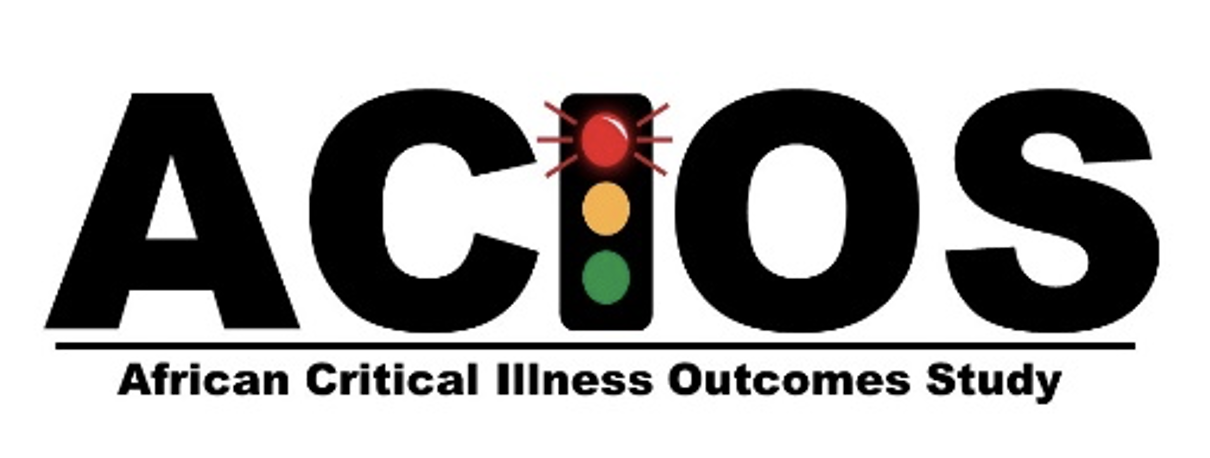
Background
The number of patients with critical illness has not been accurately quantified, although data suggests that it exceeds 10% for hospital inpatients, and the in-hospital mortality of critically ill patients is between 18-82%. In Africa, the prevalence of critical illness is likely to be higher due to a greater burden of disease, and the associated mortality higher due to limited resources.
This is a prospective, observational study to rapidly establish the prevalence of critical illness in in-hospital adult patients in Africa, and the resources available to provide essential critical care (care that should be available to every patient in the world) and factors associated with mortality.
Rapid dissemination of these findings may help mitigate mortality from critical illness in Africa. These points provide the rationale for the African Critical Illness Outcomes Study (ACIOS).
Study Objective
The objectives of this study are to determine: 1. The proportion of hospital patients who are critically ill, 2. The mortality associated with critical illness, 3. The proportion of critically ill patients who receive essential emergency and critical care, 4. The relationship between essential emergency and critical care provision, and mortality, and 5. The availability of resources necessary to provide essential emergency and critical care.
Study Design
An African multi-centre prospective observational cohort study of adult (≥18 years) in-hospital patients. Patient follow up will be for a maximum of 7 days in-hospital.
The primary outcome is in-hospital mortality in adult hospital patients with and without critical illness in Africa.
The intention is to provide a representative sample of the mortality, the risk factors associated with mortality in adult patients with critical illness, and the resources available and interventions provided to treat critical illness in Africa. This study will run between September and November 2023.
Prepatory Work
This study will be run by the African Perioperative Research Group (APORG), with a network of over 600 hospitals in more than 40 African countries and territories which has successfully conducted the African Surgical Outcomes Study (ASOS), the ASOS-2 Trial, the African COVID-19 Critical Care Outcomes Study (ACCCOS) and the African Paediatric Surgical Outcomes Study (ASOS-Paeds).
Importance of this Study
To decrease the mortality associated with critical illness in Africa, it is important to rapidly establish the potential risk factors for mortality, and resources available to manage these patients. The APORG network has the capacity to provide these data timeously.
Study Dates
National lead will determine (with their team) the start date for their country/territory
Declare your interest
Please click on the link below to declare your interest for the ACIOS study.

 If a patient is struggling to understand the numbers on the scale, show them the vertical scale, ignore the numbers, and instruct them to “indicate on the scale where was your worst pain in the last 24 hours if the top of the scale represents the worst pain you can imagine and the bottom of the scale represents no pain.”
If a patient is struggling to understand the numbers on the scale, show them the vertical scale, ignore the numbers, and instruct them to “indicate on the scale where was your worst pain in the last 24 hours if the top of the scale represents the worst pain you can imagine and the bottom of the scale represents no pain.”